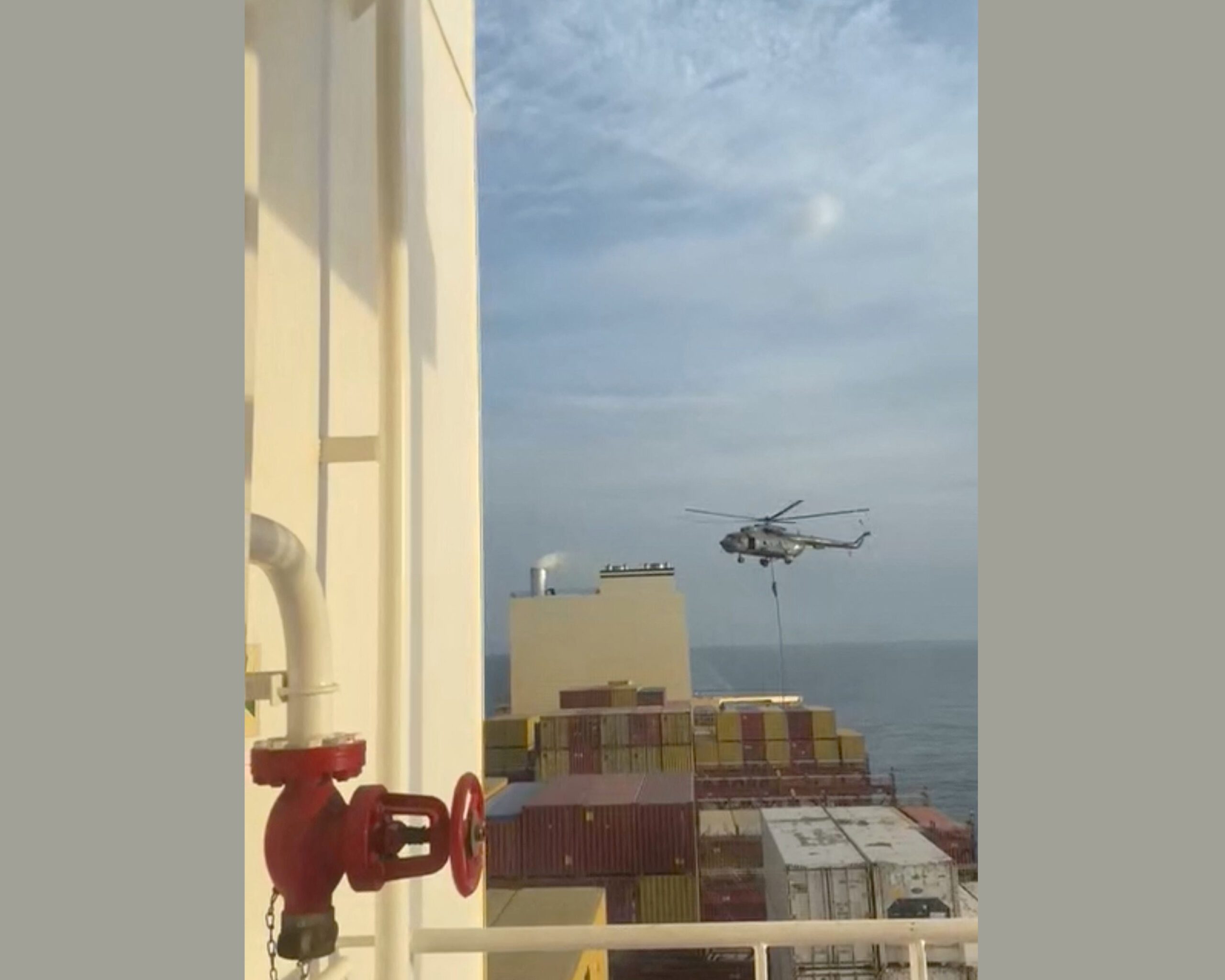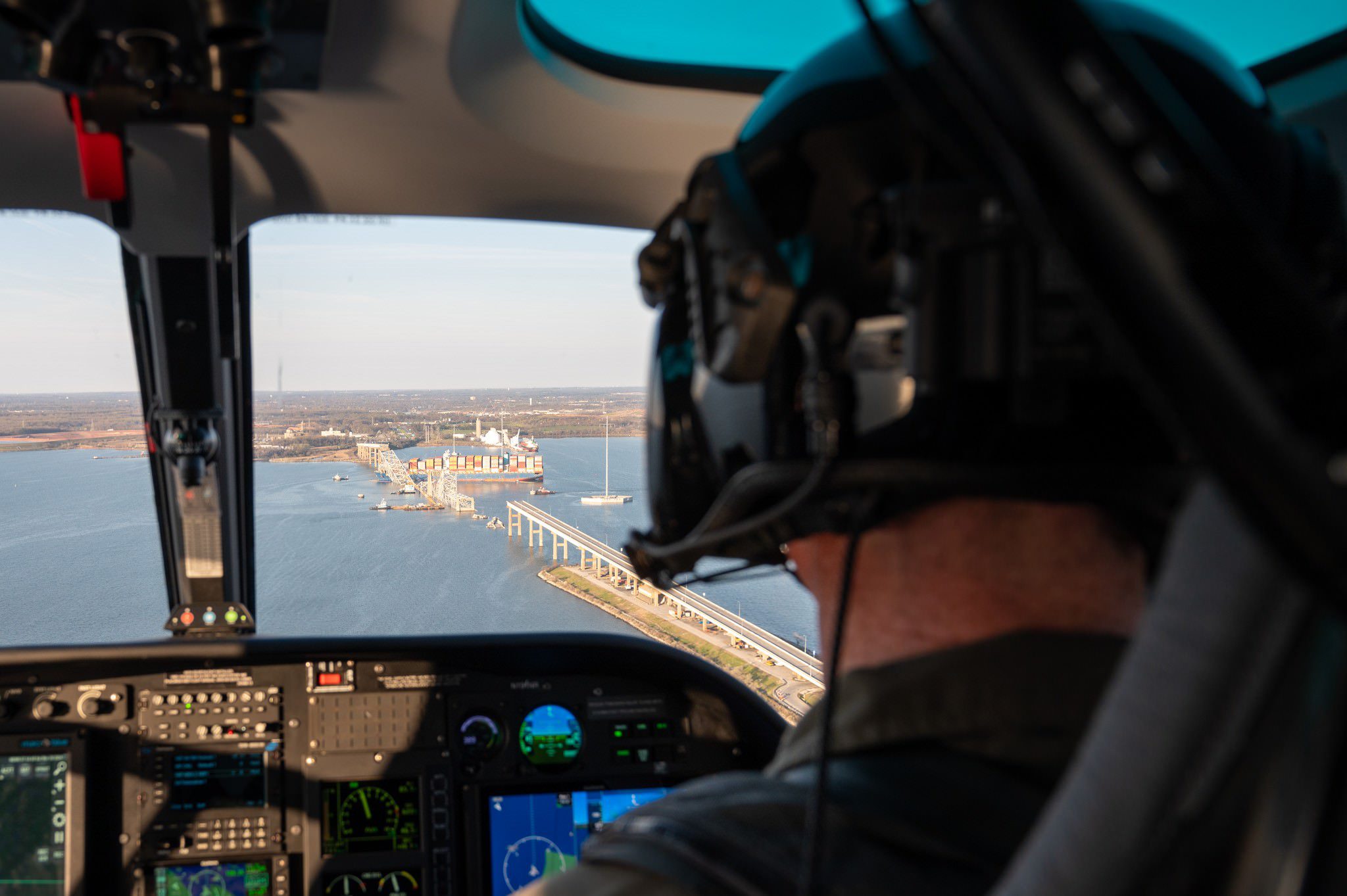gCaptain just got word from an unofficial source that the Deepwater Pathfinder drillship ran aground while pulling into Freeport, TX to onload their blow out preventer. One of the thrusters was reportedly sheared off in the process. This incident apparently occurred about three weeks ago and comes on the heels of an extended shipyard refit period in Mobile, AL.
A harbor pilot was reported to have been on board at the time, however gCaptain has not yet received official comment or confirmation from Transocean on specifics surrounding the incident. Follow the discussion here.
LATEST UPDATE…
Of course nobody at Transocean is talking on an official basis about this story, or even confirming it happened, but the latest update is that structural damage was not found on the Pathfinder and the forward thruster is being (or already has been) replaced.
Circumstances:
While entering the Freeport channel a 35 to 40 knot gust of wind hit the rig pushing it into shallow water. The rig was under “hand steering” mode vice “DP mode” and the pilot and bridge crew were unable to react quick enough to keep the rig in the channel.
DP commentary by John Konrad:
It is clear that the Pathfinder had sufficient reserve power to overcome the gust but what remains uncertain is which for of hand
steering was in use – the wheel or the sticks. We can assume the Pathfinder was using the traditional wheel in which the common
configuration is to have all but the aft two thrusters propelling the ship forward. The aft two azimuthing thrusters are then slaved to the
wheel giving the ship maneuvering characteristics very similar to that of a traditional ship. Please note, these ships do not have a rudder. When slaved to the wheel, the rotation of the aft two thrusters diverts the flow of water in a manner that mimics that of a rudder.
DP versus hand steering
When a DP system is fully operational you can selectively take control of surge (forward motion), sway (sideways motion) and yaw (rotation or heading) and the system will allocate the proper amount of azimuth and thrust to ALL thrusters in response to the helmsman’s commands. In this case the helmsman is using the joystick to steer the ship. Alternatively the officer on watch can have the DP system take full control and follow a track laid down on the electronic chart display. In either case, the DP system can react fast to changes in the environment (e.g. a gust of wind) and allocate power from all thrusters to compensate.
In hand steering mode, the forward thrusters continue to thrust the ship forward while the helmsman “steers” the ship with the aft two – the DP system therefore has no ability to control sway and sidestep the ship into a gust.
The problem DP ships coming into and out of port have are two-fold. First, pilots lack training in advanced DP systems so more often
than not, they request the ship be slaved to the wheel so she acts like the traditional ships pilots are comfortable bringing into and out of port.
What they forget is that an advanced drillship, with a high freeboard and large derrick, has significantly more sail area (the amount of
steel exposed to the wind) than a traditional ship and thus is more susceptible to the affects of wind.
The second problem is that helmsman are not trained in DP mode or the use of the vessel’s sticks. Had the pilot requested hand steering the
helmsman could have used the manual DP function and thus would have had control of surge, sway and yaw allowing him to quickly compensate
for the gust. Alternatively every DP ship has individual thruster controls that could have been used to quickly change the thrust and
azimuth of individual thrusters allowing the helmsman to use one or two thrusters to push the ship sideways and away from the bank.
What is clear from this incident is that a large DP drillship cannot be treated like a traditional ship under all circumstances, nor should it be operated in full DP mode while transiting restricted waters. The proper approach is to utilize, or at least be ready to activate, hybrid modes. This plan however, will require additional training for both pilots and helmsmen in order to master.
Unlock Exclusive Insights Today!
Join the gCaptain Club for curated content, insider opinions, and vibrant community discussions.

 Join The Club
Join The Club












